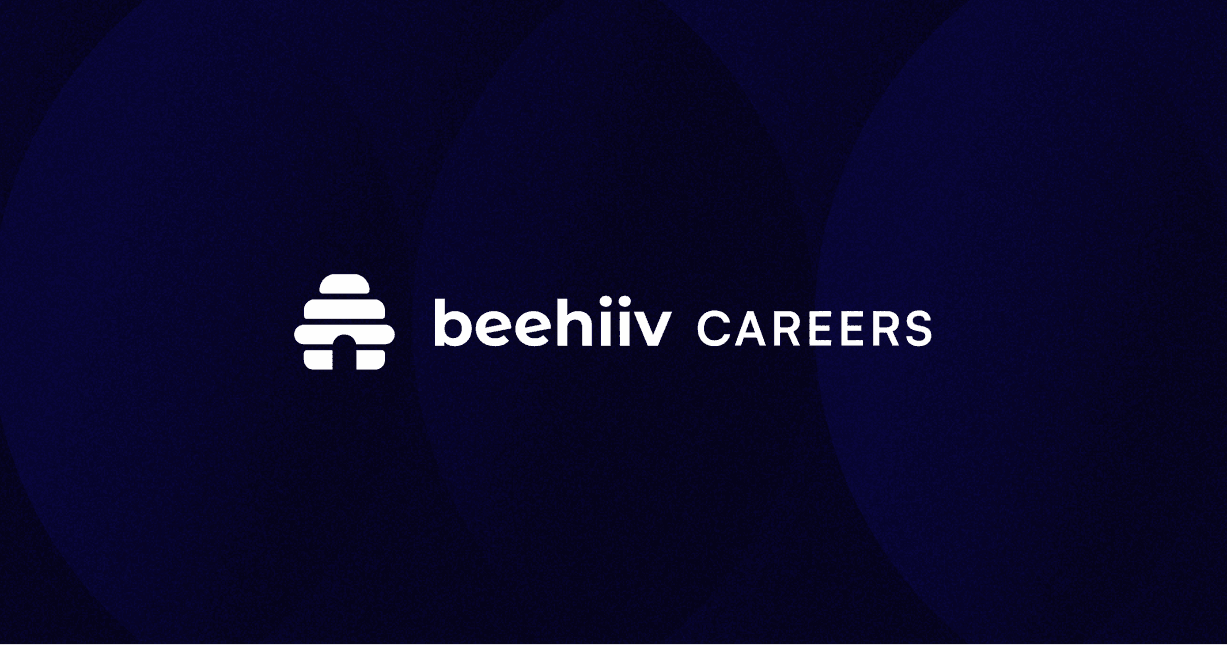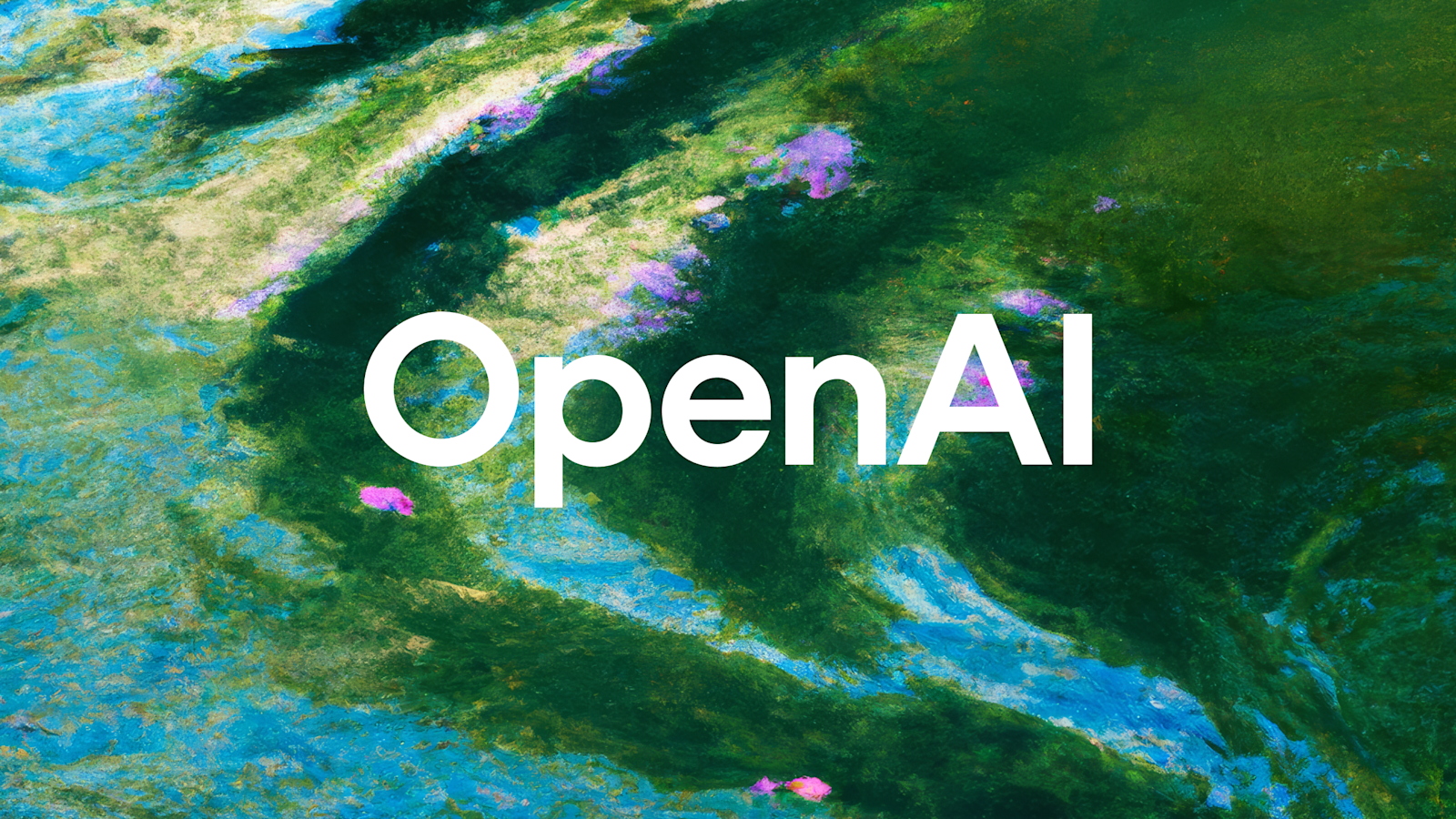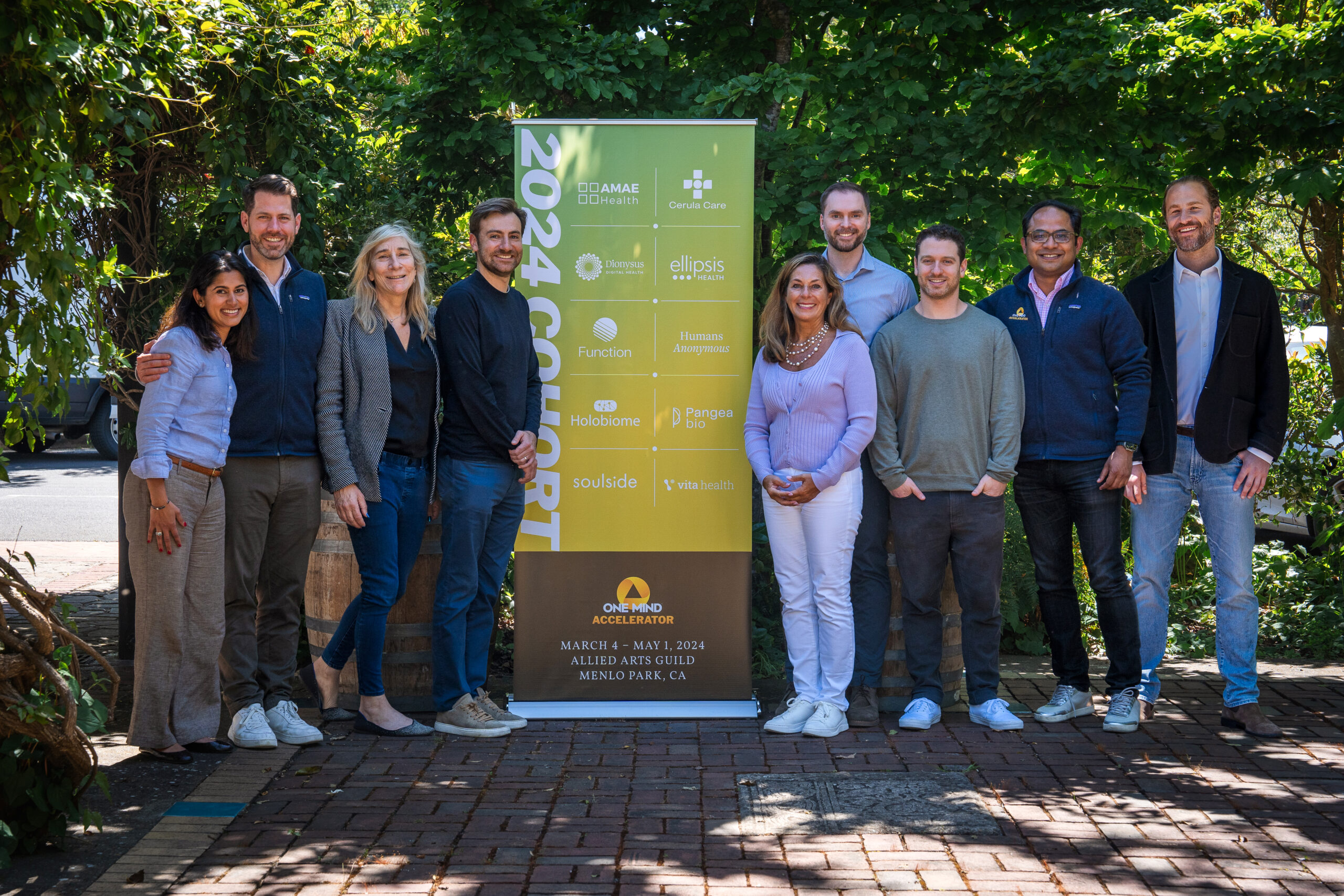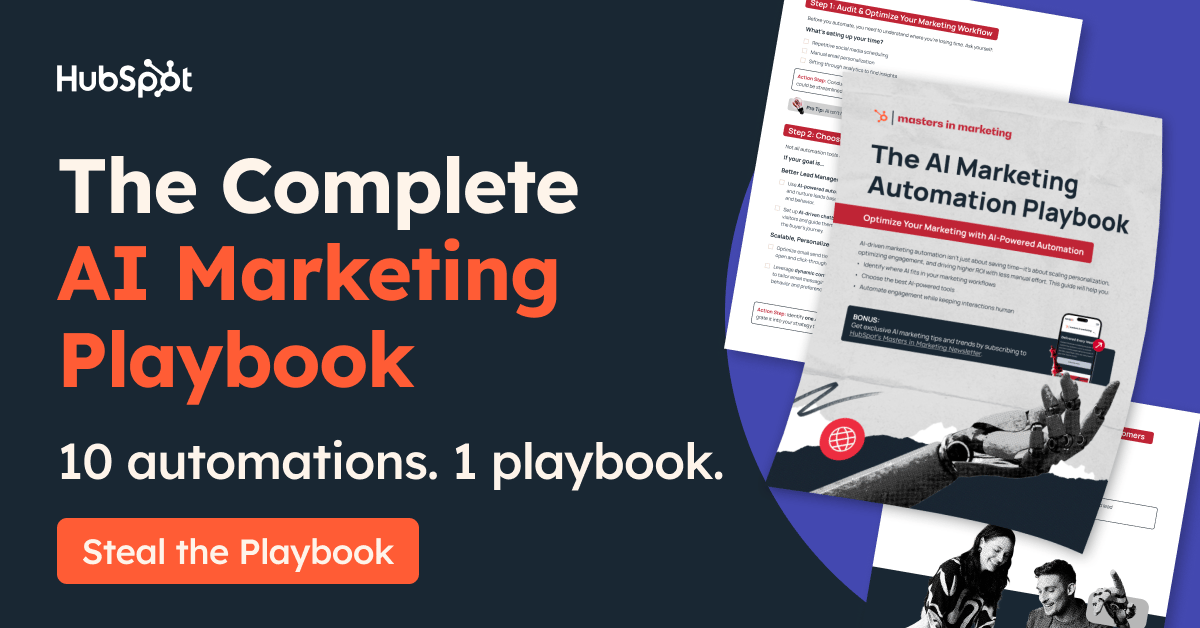Typing is a thing of the past
Typeless turns your raw, unfiltered voice into beautifully polished writing - in real time.
It works like magic, feels like cheating, and allows your thoughts to flow more freely than ever before.
With Typeless, you become more creative. More inspired. And more in-tune with your own ideas.
Your voice is your strength. Typeless turns it into a superpower.
Navigating the Promise, Peril, and Human Potential in our AI Future
The question isn't whether artificial general intelligence (AGI) or "super AI" will arrive—the question is what kind of future is being built while the world waits. As someone deeply invested in social impact and equitable access to opportunity, I find myself both energized by AI's transformative potential and concerned about the narratives dominating discourse. The global community stands at a critical period where the decisions made today about AI development and deployment will determine whether these powerful technologies become tools for liberation or engines of deeper inequality.
The Reality Check: Where Things Actually Stand
The facts. The largest survey of 2,778 AI researchers reveals sobering timelines that cut through both the hype and dismissive skepticism. These experts predict a 50% chance of High-Level Machine Intelligence by 2047—that's AI systems outperforming humans at most economically valuable work. More immediately, they forecast a 10% chance by 2027, with most specific AI tasks having better than even odds of becoming feasible within the next decade.
But here's where it gets interesting for those focused on social impact: the same researchers give between 37.8% and 51.4% chance of AI leading to outcomes as bad as human extinction. This isn't science fiction—this is the collective assessment of the people building these systems.
The AGI Obsession: Missing the Present for the Future
Here's the fundamental problem with the AGI discourse: while experts debate timelines for artificial general intelligence, billions of people face immediate challenges that current AI could address today. The obsession with hypothetical superintelligence diverts attention, resources, and urgency from deploying existing AI capabilities to tackle present inequalities.
Right now, 1.1 billion people lack access to electricity, 2 billion lack clean water, and 244 million children are out of school. Current AI systems—not AGI, but today's machine learning models—could significantly impact these challenges through better resource allocation, predictive maintenance of infrastructure, and personalized educational tools that work on basic smartphones. And of course AI in its current state is consuming enormous amounts of energy and water as its use grows every day.
The tragedy isn't that AGI might arrive in 2047 instead of 2027. The tragedy is that while technologists debate AGI timelines, existing AI capabilities remain concentrated in Silicon Valley applications designed to capture attention and generate advertising revenue rather than address systemic inequities.
Separating Signal from Noise: What's Real vs. What's Hype
The hype is real, but so is the substance. 78% of global companies now use AI in some form, and generative AI has moved from experimental to operational across industries. But much of what appears as "revolutionary" breakthroughs are actually incremental improvements in narrow applications—exactly the kind of progress that can deliver immediate social impact without waiting for AGI.
The reality is more nuanced than the binary "AGI by 2025" or "it's all hype" narratives suggest. Current AI systems excel at specific tasks but lack the general intelligence and reasoning capabilities that would constitute true AGI.
But this gradual evolution is precisely where the opportunity lies. Today's AI can analyze satellite imagery to predict crop failures, process medical images in underserved regions, and provide real-time translation for migrant communities. These applications don't require AGI—they require commitment, funding, and the political will to prioritize social impact over shareholder returns.
Here's what's most exciting: AI's current capabilities are already powerful enough to address pressing social challenges—if deployed thoughtfully. Organizations like Wadhwani AI are using AI to improve maternal health outcomes and agricultural productivity in developing countries. The Partnership for AI Evidence is conducting rigorous research on how AI can reduce poverty while protecting against harmful impacts.
But there's a critical gap: less than 1% of global corporate investment in AI goes to impact-focused applications and this unfortunately isn’t likely to grow without huge pressure and advocacy. While venture capital pours billions into consumer AI applications, the social sector struggles to access the computational resources and technical expertise needed to deploy AI for systemic change.
Meanwhile, the top 50 NGOs using AI for social impact are already demonstrating what's possible: using computer vision to monitor deforestation, machine learning to optimize food distribution networks, and natural language processing to provide legal aid in multiple languages. These solutions don't need AGI—they need scale.
The Present-Day Double-Edged Sword
The potential benefits available today are transformative. Current AI can:
Democratize access to high-quality education through personalized learning systems that work on basic smartphones
Accelerate disease prevention by analyzing patterns in health data that humans would miss
Scale social services by automating routine tasks and enabling human workers to focus on relationship-building
Amplify marginalized voices through real-time translation and accessibility tools
But the current risks are equally significant and happening now, not in some hypothetical AGI future. Today's AI systems are:
Perpetuating hiring discrimination through biased resume screening algorithms
Displacing workers in customer service, data entry, and basic analysis roles without adequate retraining
Concentrating power in the hands of Big Tech companies that control the most advanced systems
Undermining privacy through facial recognition and behavioral tracking technologies
The research is clear: 86% of AI experts consider the spread of false information a substantial or extreme concern, while 73% worry about authoritarian rulers using AI to control populations. These aren't hypothetical future risks—they're documented realities in 2025.
Keeping Humans at the Center: A Framework for Immediate Action
The path forward requires what might be called "practical humanism"—approaches that center human dignity and agency while leveraging AI's current capabilities. Here's a framework for action that doesn't wait for AGI:
1. Community-Led Innovation
Instead of imposing top-down AI solutions, successful approaches start with community needs and co-create solutions with affected populations. The most effective AI for social good projects involve community organizations as co-leaders from the early stages, not just end users of predetermined solutions.
The Stanford d.school's Human-Centered AI for Social Impact program demonstrates this approach: working directly with community partners to identify where current AI capabilities can address immediate challenges.
2. Equity-by-Design
Every AI system should be evaluated through an equity lens: Who benefits? Who bears the risks? Who has control? This means building diverse teams, conducting bias audits, and ensuring that AI development includes voices from communities most likely to be impacted.
Organizations like AI4ALL are working to diversify AI development precisely because the current demographics of AI researchers don't reflect the global communities these technologies impact.
3. Transparent Governance
Robust oversight mechanisms that can adapt as AI capabilities evolve are essential. This includes algorithmic auditing, explainable AI requirements, and meaningful public participation in AI governance decisions. The goal isn't to slow innovation but to ensure it serves the public interest.
UNESCO's AI Ethics Recommendation provides a comprehensive framework for responsible AI governance that focuses on current capabilities rather than hypothetical AGI scenarios.
4. Economic Justice
As AI transforms work, the benefits must be broadly shared. This means investing in worker retraining, experimenting with universal basic income, and exploring new models of ownership that don't concentrate AI's economic gains among a small elite.
The key insight: these economic disruptions are happening now with current AI, not waiting for AGI.
Resources for Immediate Action
For those ready to engage with AI for social impact today, key organizations include:
Research and Current Applications:
Stanford HAI - Leading research on human-centered AI applications
Center for AI Safety - Focused on reducing current and future AI risks
Partnership on AI - Multi-stakeholder collaboration on responsible AI deployment
Implementation and Funding:
AI for Good Global Summit - UN platform showcasing current AI solutions for global challenges
Wadhwani AI - Deploying AI solutions in developing countries today
AI for Good Foundation - Supporting AI applications for social impact
Education and Capacity Building:
International Social Impact Institute - AI training for social organizations
Social Current AI Training - Supporting human services organizations
AI for Impact Opportunities
Unlock the Power of AI With the Complete Marketing Automation Playbook
Discover how to scale smarter with AI-driven workflows that actually work. This playbook delivers:
A detailed audit framework for your current marketing workflows
Step-by-step guidance for choosing the right AI-powered automations
Pro tips for improving personalization without losing the human touch
Built to help you automate the busy work and focus on work that actually makes an impact.
News & Resources
😄 Joke of the Day
Why did the grant proposal go to therapy?
It had too many unresolved issues.
AI Chatbots & Mental Health Risks — New research finds that interactions with AI chatbots can unintentionally reinforce delusional beliefs, sometimes fueling psychotic episodes. While companies are building safeguards, experts stress that people with lived mental health experience need to be part of AI safety design.
Young Workers Losing Out to AI — A Stanford study shows workers aged 22–25 are the hardest hit by AI adoption, with a 16% decline in entry-level roles like coding and customer support. Older workers, meanwhile, are less affected or even gaining ground—raising concerns about generational inequities in the future of work.
YouTube’s AI Editing Backlash — YouTube is facing criticism for using AI to edit and remix videos without creators’ consent. While the platform claims it improves engagement and accessibility, critics argue it erodes creative control and sets a troubling precedent for ownership in the digital age.
🏢 Jobs, Jobs, Jobs
Y Combinator Investee Companies — YC-backed startups are hiring globally across AI, climate, health, and education. Roles span software engineering, operations, and research—ideal for those looking to shape the next generation of impactful innovation.
🔗 LinkedIn Profile to Follow
Follow Brandon Busteed — CEO of BrandEd, author, keynote speaker, and LinkedIn Top Voice. He shares fresh insights on education, workforce trends, and leadership at the intersection of business and social impact.














